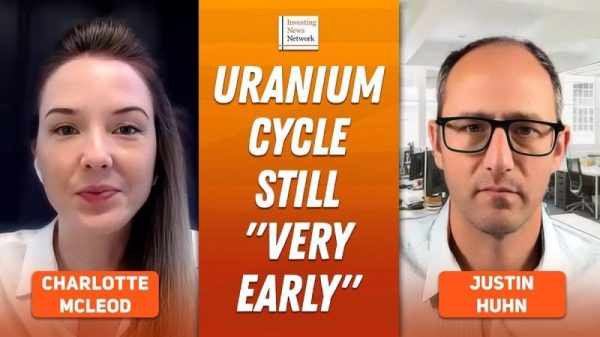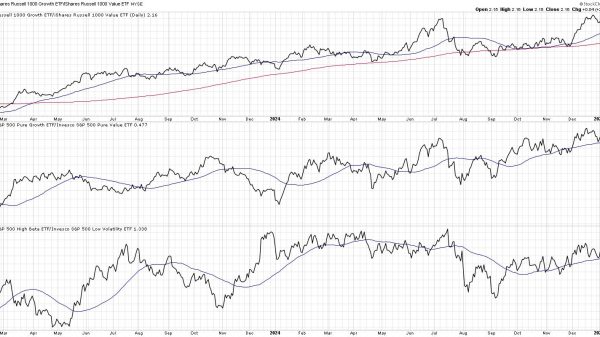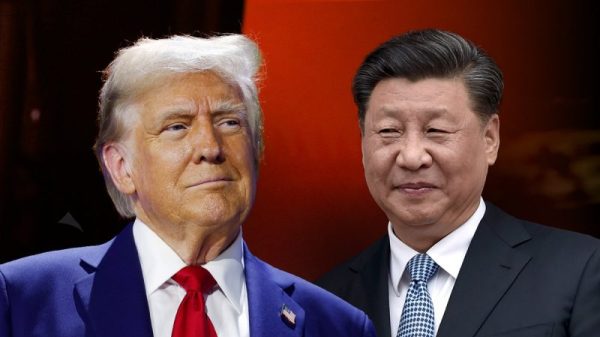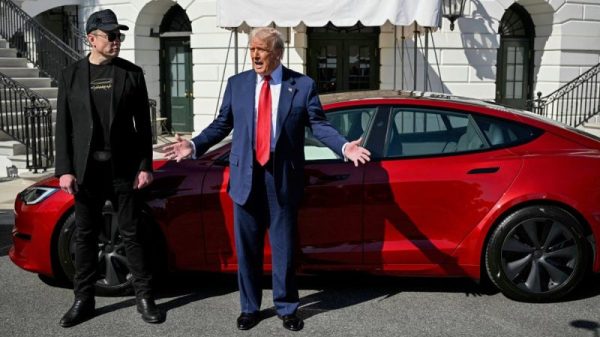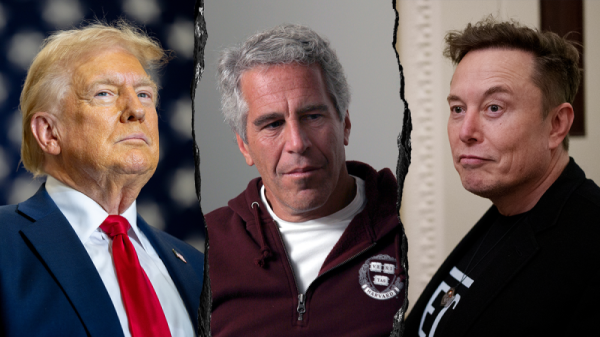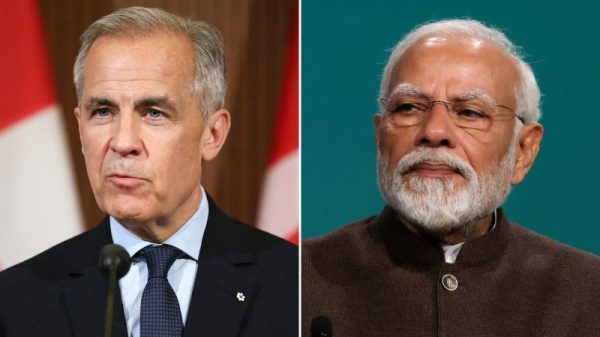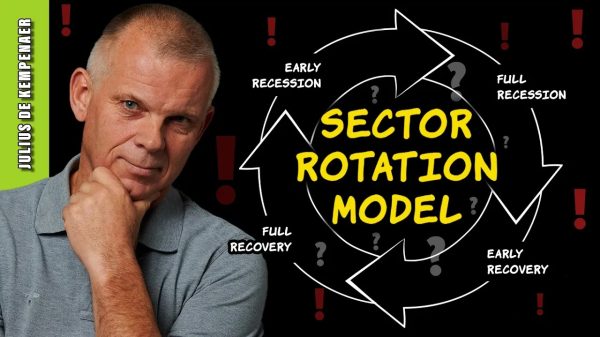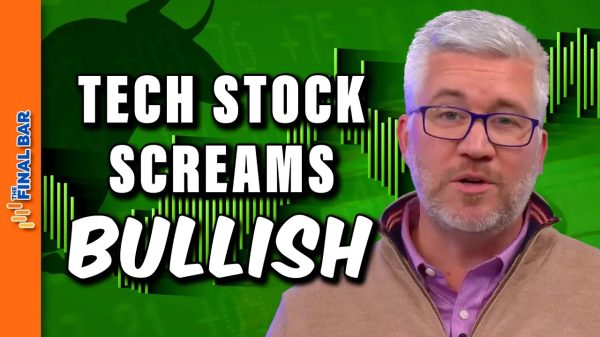ESG investing poses a grave threat to the principles that lifted billions out of poverty. It neither does much good nor performs very well. Therefore, it must end.
So asserts Ending ESG, a collection of essays edited by Phil Gramm and Terrence Keeley. Gramm, a former Republican senator and economics professor, and Keeley, a former managing director at Blackrock, are well-suited to make the case. The book’s lengthy introduction is co-authored by Gramm and Keeley. It traces the Environmental, Social and Government (ESG) investment movement back to the United Nations. Not to the Kofi Annan era of the late 90s and early 2000s, that is, but all the way back to the 1948 Universal Declaration of Human Rights.
The authors do not dwell upon this early history, but it is worth briefly unpacking. Eleanor Roosevelt chaired the drafting committee of the UN Declaration. She explained that many of its members “thought that lack of standards for human rights the world over was one of the greatest causes of friction among the nations, and that recognition of human rights might become one of the cornerstones on which peace could eventually be based.” This was a pressing priority in the wake of World War II.
Jacques Maritain, a French Philosopher who provided intellectual inspiration for the document, explained how consensus was achieved: “we agree on these rights provided we are not asked why. With the ‘why’ the dispute begins.” History has since tested the stability of agreeing not to ask why.
Over the next 75 years, the UN’s declaration of rights eventually led to ESG. Inspired by the declaration, the UN launched development goals (eradicating poverty, gender equality, environmental sustainability, etc.). Then, the UN released investment principles based on these goals, to be adopted by major asset managers, banks, public pensions, and regulatory bodies. To the shock of anyone familiar with other UN efforts, the UN’s work on ESG has paid off.
ESG has been adopted by major institutions over the world, in word if not always in deed. The result is that “the private economy is increasingly being coerced into meeting a growing number of environmental and social goals that Congress never mandated.”
The cost of such coercion is high. For one, it undermines the legal and ethical basis of economic progress. Whereas the economic Enlightenment was “founded on the principle that people own the fruits of their own labor and thrift,” ESG is a “throwback to the medieval concept of communal property.” Throughout 14 essays, mostly penned by Gramm and/or Keeley, Ending ESG argues against such an ESG-inspired return to medieval economics.
ESG might seem high-minded and noble compared to the hard-nosed alternatives of fiduciary responsibility and shareholder primacy. But appearances are deceiving. When it comes to results, the economic enlightenment enabled 128,000 individuals to escape abject poverty every single day. In contrast, it’s not clear if the ESG movement has accomplished anything of note, other than lowering the popularity of Wall Street and Corporate America among conservatives, contributing to the anti-business turn on the right.
And though the ESG movement claims to care about eradicating poverty and protecting the environment, we should not take these claims too seriously. Keeley cites a research finding that there is “no evidence that socially responsible investment funds improve corporate behavior.” Moreover, it’s difficult to even assess the impact of ESG strategies since “ESG scores among leading rating agencies correlated only 54 percent of the time.”
The evidence is compelling, but it raises a puzzling question: if ESG does “neither much good nor very well,” why do so many people seem to believe it does both? Where did ESG critics go wrong? Why did it take nearly two decades for ESG to face substantial backlash?
One problem is that the defenders of fiduciary responsibility failed to provide adequate moral foundations for their view. Keeley cites Milton Friedman’s classic 1970 New York Times piece, “The Social Responsibility of Business is to Increase Its Profits.” There, Friedman argued:
In a free‐enterprise, private‐property system, a corporate executive is an employee of the owners of the business. He has direct responsibility to his employers. That responsibility is to conduct the business in accordance with their desires, which generally will be to make as much money as possible while conforming to the basic rules of the society, both those embodied in law and those embodied in ethical custom.
Friedman, a committed positivist, did not found his concept of social responsibility on a universal ethical standard, other than the need for business executives to defer to shareholder desires. And, in his view, this will usually mean to seek profits while conforming to existing laws and customs. These laws and customs will vary from time to time, and from place to place. And so, apparently, will the social responsibilities of businesses.
In his essay “How Conservatives Can Get ESG Right”, Keeley endorses Friedman’s analysis. Yet it suffers from two major flaws, flaws that also weaken Keeley’s arguments. First, businesses and investors are not just passive recipients of laws and ethical customs. Business leaders are norm-makers, not just norm-takers.
The most successful business leaders are able to cast a compelling long-term vision, one that includes but goes beyond making money, and to persuade their investors to remain focused on the long-term. That is, business leaders lead their investors, they don’t merely respond to investor preferences. Further, policymakers depend on the counsel of industry to respond to technological innovations, as we are now seeing with artificial intelligence. And business leaders seek to influence both the law and public opinion, such as through lobbying, public relations, media, and publishing their own thoughts.
This is understandable. To survive, businesses cannot merely conform to the basic rules of society — they must influence them. But how, and in which direction? For example, should they oppose crony subsidies and regulations, which may help their profits, at least in the short term, but undermine economic dynamism and the very legitimacy of their businesses? Friedman’s positivism does not provide much guidance here.
After all, the ethical customs and laws of a society may grow increasingly hostile to private enterprise. Indeed, they seem to be doing so now. Business leaders cannot be expected to stand by as activists assault the legal and ethical foundations of economic progress, or as government agencies violate their constitutional rights. While Ending ESG recommends that business leaders “keep politics out of the boardroom,” this is no longer an option for major corporations, if it ever was.
Moreover, activist shareholders increasingly are advancing shareholder proposals that are harmful to the long-term interests of the very corporations in which they own shares. This means businesses increasingly have to defend themselves against their own shareholders. Complicating matters further, the nature of business ownership has radically changed since 1970, with the rise of passive index investors and pension-fund activism. It’s no longer safe to assume that major investors will all agree on maximizing the long-term value of a particular firm, especially if that firm is engaged in ESG-unfriendly lines of business. What most investors do, and should, prioritize is very much up for debate.
Keeley claims “there is no practical alternative to shareholder primacy.” But clearly, there is. For one, many American states now have the option of “benefit corporation,” an option that replaces shareholder primacy with responsibilities to an array of stakeholders. And in Europe, the concepts of double materiality and co-determination override any commitment to shareholder primacy.
Now, it’s true that such stakeholder governance often comes at a cost. On the other hand, stakeholder advocates will claim the cost is worth it, whether to save the planet, or to advance “equity.” It’s incumbent, therefore, upon ESG critics to advocate an alternative vision, not merely to fall in line with convention.
Without casting a bold vision for the future of free enterprise, there is no hope of ending ESG. Keeley himself recommends that “Republicans need a road map that would enable society to get all the good out of ESG without the bad.” He also refers approvingly to “growing numbers of shareowner resolutions seeking lower carbon emissions or increased workforce diversity.” But why defer to the United Nations, of all institutions, as a moral authority? Why grant any moral worth to counterproductive Western divestment from fossil fuels? Why pay even lip service to skin-deep diversity metrics?
Just as Friedman recommended business leaders “conform” with convention, Keeley accepts ESG’s goals, while challenging its methods on pragmatic grounds. This is not a sustainable division of labor. It makes no sense for capitalists to legitimize the NGOs, global institutions, and academics working to delegitimize capitalism and advance the “religion of humanity.”
In the words of Argentine President Javier Milei,
Milton Friedman used to say that the social role of an entrepreneur is to make money. But that’s not enough. Part of their investment must include investing in those who defend the ideals of freedom, so the socialists can make no further advances. And if they don’t do it, they [the socialists] will get into the State, and use the State to impose a long term agenda that will destroy everything it touches. So we need a commitment from all of those who create wealth, to fight against socialism, to fight against statism, and to understand that if they fail to do so, the socialists will keep coming.
Fortunately, there are reasons for hope.
Some business leaders are taking a more active role in advocating for the principles of economic enlightenment. In 2023, prominent Silicon Valley investor Marc Andreesen published the Techno-Optimist Manifesto. Andreesen’s manifesto defended free markets and attacked ESG as part of a “mass demoralization campaign.” Tech founder Brendan McCord launched the Cosmos Institute. Cosmos is bringing together philosophers with technologists in an Oxford University seminar, to discuss how technology can promote human flourishing. Elon Musk, of course, been scathingly critical of ESG, calling it a scam. And Liberty Energy CEO Chris Wright releases an annual Bettering Human Lives report that argues for prioritizing the elimination of energy poverty over ESG goals.
Beyond business leaders themselves, the Alliance Defending Freedom recently released a “Statement of Principles on the Purpose of a Corporation.” The statement declares that “the proper purpose of business is to advance human flourishing by creating economic value through excellence in the provision of goods and services.” And the Abundance Institute has been making the case for “long-term tech optimism.”
To be sure, no particular one of these efforts is definitive. Nor, combined, will they be sufficient to defend the “economic enlightenment” against illiberal assaults. Yet if more affirmative visions for free enterprise are paired with reasonable, evidence-based critiques of ESG, such as those offered by Gramm and Keeley, ESG’s days might, indeed, be numbered.




